Tooth decay (also known as cavities or dental caries) is one of the most common dental problems worldwide. It not only affects the appearance and function of teeth but can also lead to a range of more serious oral health issues. Despite an increase in oral hygiene awareness due to better living standards, many people still face the challenge of tooth decay, especially when it progresses to more severe stages. Treating severe tooth decay becomes more complex and difficult. This article will explore the various treatment methods for severe tooth decay, including diagnosis, treatment steps, available technologies, and preventive measures. It aims to help readers understand how to effectively manage this common oral health problem.
1. What Is Tooth Decay?
Tooth decay, medically known as “dental caries,” is the result of the interaction between oral bacteria and sugars in the food we consume. The bacteria produce acids that demineralize and gradually break down the hard tissues of the tooth—enamel, dentin, and in severe cases, the pulp. The development of tooth decay is usually a gradual process, progressing through several stages:
- Initial Stage: Early demineralization of the enamel, often without pain or noticeable symptoms. At this stage, cavities can be prevented or reversed with fluoride treatment.
- Early Cavities: Small holes in the tooth surface appear, but the decay has not yet reached the dentin. This stage can usually be treated with fillings or fluoride treatments.
- Moderate Cavities: The decay progresses deeper into the dentin, often causing pain, especially when consuming hot, cold, or sweet foods.
- Severe Cavities: The decay reaches the pulp, causing inflammation and potentially infection. Severe pain, tooth mobility, and even tooth loss may occur.
When tooth decay reaches the severe stage, simple fillings or cleaning treatments are usually insufficient. More complex and invasive treatments are often required.
2. Symptoms of Severe Tooth Decay
The symptoms of severe tooth decay are usually more obvious and can include:
- Severe Tooth Pain: Especially when chewing or eating hot, cold, or sweet foods, pain becomes more intense.
- Tooth Mobility: In severe cases, the decay may weaken the tooth structure, causing the tooth to become loose or fall out.
- Pulp Inflammation: When decay reaches the pulp, it can cause intense pain and inflammation.
- Infection and Abscesses: If bacteria spread into surrounding tissues, an abscess or swelling may occur.
- Bad Breath: As the tooth rots, a foul odor may emanate from the mouth.
When tooth decay progresses to this point, the pain can be excruciating, and complications such as infection or abscesses can arise. Immediate treatment is essential to prevent further damage and the potential need for tooth extraction.
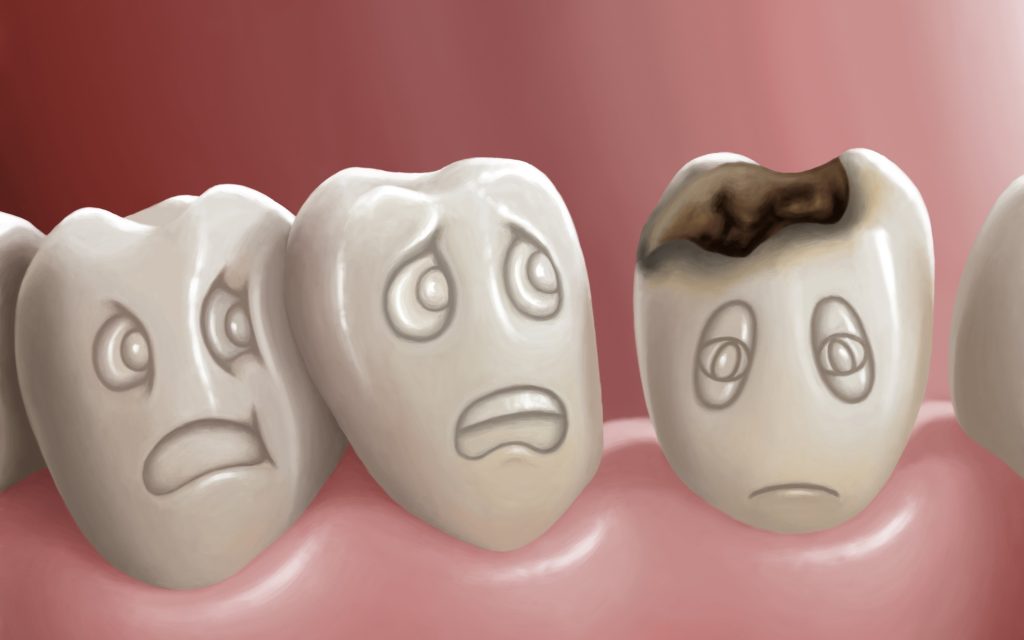
3. Treatment Methods
3.1 Conservative Treatments
For early and moderate decay, conservative treatments can often effectively prevent further deterioration. In cases of severe decay, these methods can sometimes help temporarily alleviate symptoms and slow down further damage.
3.1.1 Fluoride Treatment
Fluoride treatment is effective for early-stage tooth decay, where demineralization has begun but cavities have not yet formed. Fluoride helps to remineralize the enamel and prevent further breakdown. While fluoride treatments cannot restore decayed tissue, they can help prevent the decay from worsening, especially for small defects in the enamel.
3.1.2 Topical Antibiotics
For moderate tooth decay, topical antibiotics can be applied to control infection and reduce inflammation in the pulp or surrounding tissues. Common antibiotics like chlorhexidine or fluoride compounds can help kill bacteria and provide temporary relief from symptoms. However, this is a palliative treatment and is not a permanent solution for advanced decay.
3.2 Restorative Treatments
For cavities that have progressed to the dentin layer, restorative treatments are typically required. The goal of these treatments is to remove the decayed portion and restore the tooth’s structure and function to prevent further infection or damage.
3.2.1 Fillings
Fillings are the standard treatment for mild to moderate cavities. After the decayed part of the tooth is removed, the cavity is filled with a material like amalgam, composite resin, or porcelain. Fillings not only restore the tooth’s appearance but also prevent bacteria from entering the deeper layers, halting the decay process.
The choice of filling material typically depends on the location of the cavity, aesthetic concerns, and cost:
- Amalgam Fillings: These are commonly used for molars due to their strength and durability. They are more affordable but not aesthetically pleasing.
- Composite Resin Fillings: These match the natural color of the teeth and are often used for front teeth or for those who prioritize aesthetics.
- Porcelain Fillings: Porcelain is durable and visually indistinguishable from natural teeth but tends to be more expensive.
3.2.2 Crowns
For severely decayed teeth where a large portion of the tooth structure has been lost, a dental crown is often the best option. After the decayed tissue is removed, a crown is placed over the tooth to restore its strength and shape. Crowns are particularly useful for teeth that bear significant pressure during chewing, such as molars.
Crowns are made from different materials, including:
- Metal Crowns: Often used for back teeth due to their strength, though they are noticeable.
- Porcelain Crowns: These are aesthetically appealing and are commonly used for front teeth. They look natural but can be more fragile than metal crowns.
- All-Ceramic Crowns: These provide a natural look and are suitable for both front and back teeth, though they are more expensive than other types.
3.2.3 Root Canal Treatment
When tooth decay has reached the pulp (the inner tissue of the tooth), it may cause an infection or inflammation, requiring a root canal. In this procedure, the infected or damaged pulp is removed, and the root canals are cleaned and sealed with a biocompatible material. The tooth is then restored with a filling or crown to maintain its strength.
Root canal treatment usually requires multiple visits to the dentist, as the tooth must be carefully cleaned and treated over several steps. While this treatment is effective at saving teeth, the treated tooth may become more fragile over time and is often crowned to ensure long-term durability.
3.2.4 Tooth Extraction
In cases where the decay is too severe for a crown or root canal treatment to restore the tooth, tooth extraction may be necessary. This is especially the case when the tooth is too damaged to function or is causing a severe infection that cannot be treated otherwise.
After a tooth is extracted, several options are available for tooth replacement, including:
- Dental Implants: A titanium post is surgically placed into the jawbone to act as a root, and a crown is placed on top.
- Bridges: A bridge is a prosthetic device that replaces one or more missing teeth by anchoring to adjacent healthy teeth.
- Dentures: Removable devices that replace missing teeth. They can be partial or full dentures, depending on how many teeth are missing.
3.3 Laser Treatment
With the advancement of laser technology, laser treatments have become increasingly popular in dentistry, particularly for treating tooth decay. The advantages of laser treatment include:
- Precision: Lasers can selectively target decayed tissue while minimizing damage to healthy tooth structures.
- Reduced Pain: Laser treatment is often less painful than traditional drilling, and in many cases, anesthesia may not be required.
- Faster Healing: Laser treatment usually results in less bleeding and faster healing compared to traditional methods.
While lasers can be used for mild to moderate cavities, they are not suitable for every case, particularly when decay has reached the pulp or when more complex treatments are needed.
4. Preventing Tooth Decay
Although severe tooth decay requires treatment, many cases of tooth decay can be prevented through good oral hygiene and preventive care. Here are some effective ways to prevent cavities:
- Good Oral Hygiene Habits: Brush your teeth at least twice a day with fluoride toothpaste, and floss regularly to remove food particles and plaque from between your teeth.
- Healthy Diet: Limit the intake of sugary and acidic foods and drinks that contribute to tooth decay. Maintain a balanced diet to ensure the health of your teeth and gums.
- Regular Dental Checkups: Visit your dentist at least once a year for routine checkups and cleanings. Early detection of cavities allows for quicker and less invasive treatment.
- Fluoride Treatments: Regular fluoride treatments help to strengthen tooth enamel and prevent cavities.
- Dental Sealants: Dental sealants are a protective coating applied to the chewing surfaces of the back teeth, preventing decay in children and adolescents.
5. Conclusion
Severe tooth decay can lead to significant pain, infection, and tooth loss, but with prompt treatment, many affected teeth can be saved. Treatment options include conservative methods such as fluoride and antibiotics, as well as restorative treatments like fillings, crowns, and root canal therapy. In cases where a tooth is beyond repair, extraction and tooth replacement options like implants or bridges can restore function and appearance.
Prevention plays a key role in avoiding severe decay. Maintaining good oral hygiene, having regular dental checkups, and using preventive treatments like fluoride and sealants can help reduce the risk of tooth decay and ensure long-term oral health.

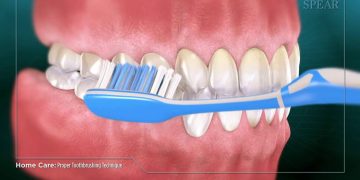
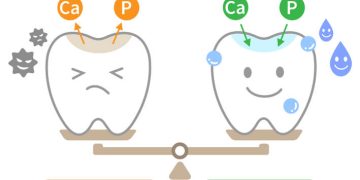
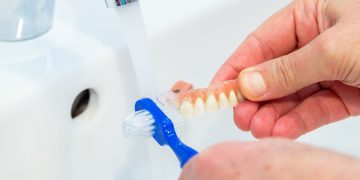




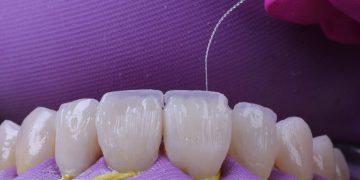
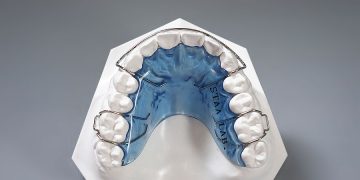

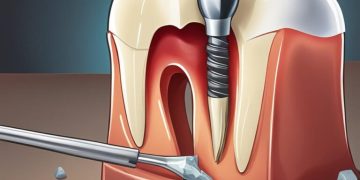



















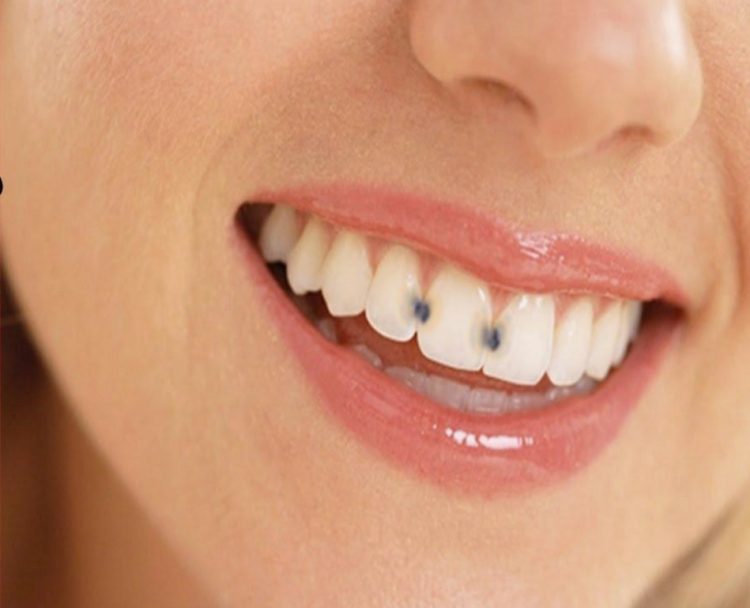













Discussion about this post